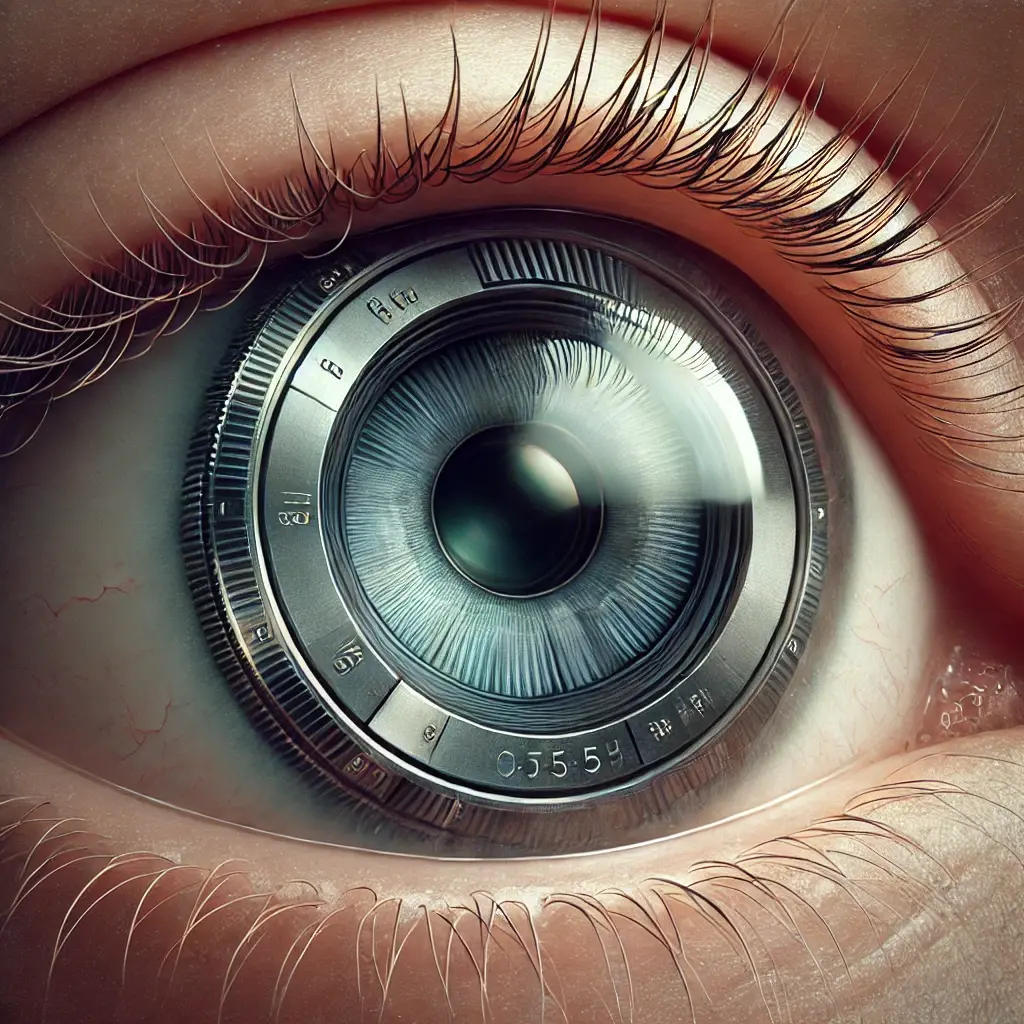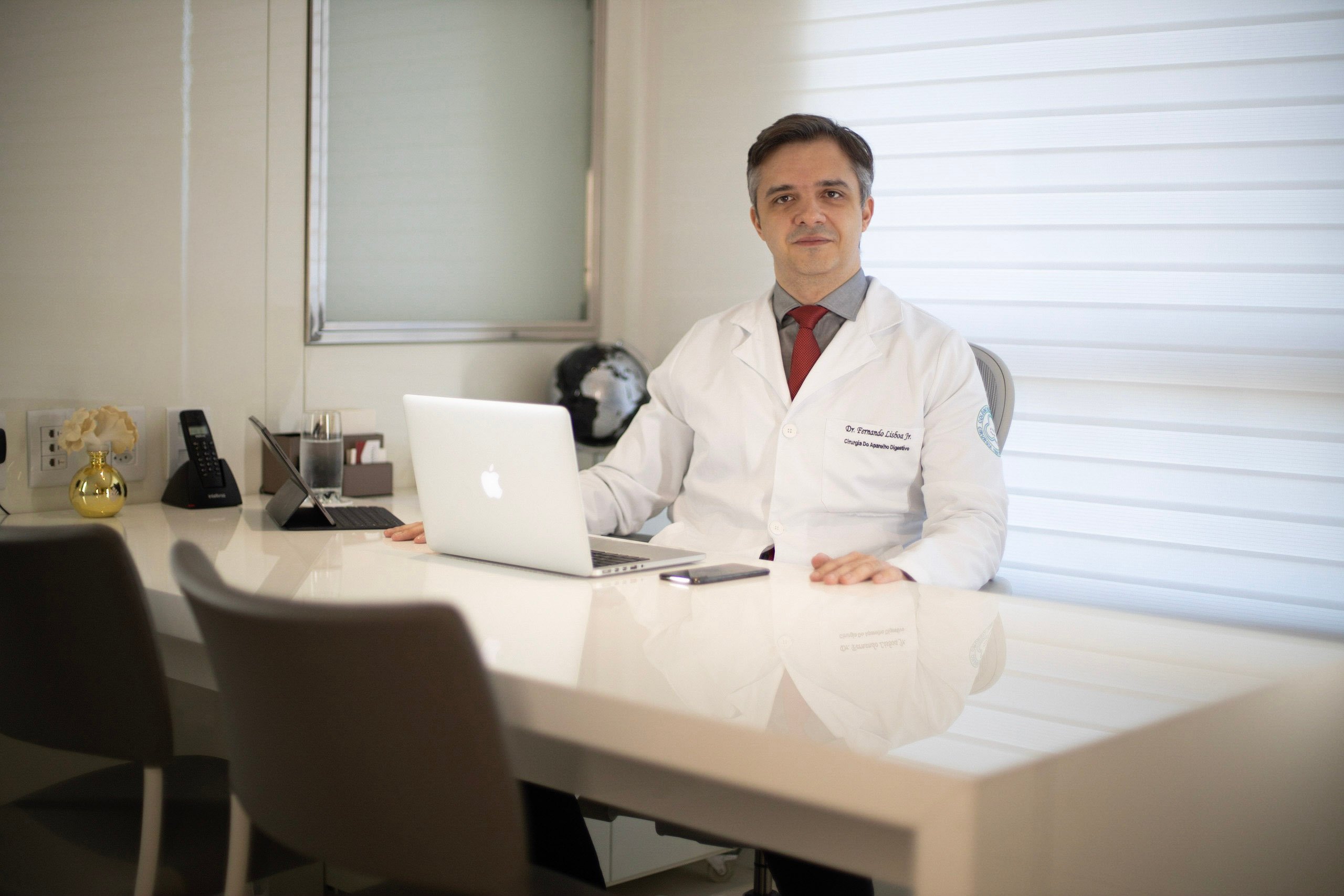Rigid Endoscope Fogging: How Moisture and Heat Impact Performance
What’s more troublesome in the OR: a scope that’s visibly damaged, or one that looks flawless but hides moisture inside? A scope that seems fine at first glance can fog once it heats up, reducing image clarity right when precision matters most.
In modern operating rooms, precision and reliability are non-negotiable. Rigid endoscopes—used across minimally invasive procedures—are essential tools. But one variable can silently degrade their performance: moisture inside the endoscope, and how it behaves under temperature changes.
Let’s explore why this seemingly minor issue has major clinical and financial implications, and how hospitals can take action using endoscope moisture detection technologies and best practices.

How moisture enters rigid endoscopes
Moisture can enter a rigid endoscope for several reasons:
- Improper or insufficient drying after reprocessing
- Compromised seals due to wear or manufacturing defects
- Incorrect sterilization techniques, including flash sterilization of non-flash-compatible scopes
Once inside, moisture may go unnoticed during visual inspection. But under operating conditions—particularly when exposed to body heat or light source temperatures—it begins to behave in ways that damage both the instrument and the surgical outcome.
The effects of heat on moisture inside rigid endoscopes
Rigid endoscopes experience rapid and uneven temperature changes during sterilization and in-body use. Studies show scope tips can reach over 100 °C, and internal air can heat and cool quickly during transport and preparation.
Here’s what happens when moisture and heat are present:
- Vaporization: moisture trapped behind lenses or inside the shaft heats up and turns to vapor.
- Condensation: as the endoscope cools—either during post-sterilization storage or upon insertion into the patient—the vapor condenses on internal glass surfaces.
- Optical fogging: the results are cloudy, unusable images inside the body, despite appearing clear during external checks.
- Material stress: repeated heating and cooling cycles cause expansion and contraction, especially around the objective lens (which cannot be laser-welded), leading to epoxy bond failure and eventual moisture ingress.
Risks of flash sterilization in endoscopy
It’s a common misconception that if a scope is autoclavable, it’s automatically safe for flash sterilization. In reality, most manufacturers explicitly warn against flash sterilizing their autoclavable rigid scopes, unless they have specifically tested and approved it.
Flash sterilization uses very rapid, high heat, which can damage the scope’s seals, especially where glass and metal meet. This leads to epoxy bond failure, moisture ingress, and eventual optical degradation.
Always follow the manufacturer’s guidelines. Unless a rigid scope is clearly labeled as flash-sterilization-compatible, it should not be flash sterilized.
If a scope looks perfect outside the body but fogs up when inserted into the patient, internal condensation is almost always the culprit.
Consequences of internal fogging in rigid endoscopes
- Decreased light transmission
- Blurry, unusable images during surgery
- Increased repair frequency and cost
- Unnecessary OR delays and patient risk
Preventing rigid endoscope fogging
Standard visual inspections are not sufficient to detect internal moisture damage. Instead, hospitals are turning to technologies like Dovideq’s LightControl, which measures six parameters including light transmission accuracy and fiber health—indicators that can reveal internal fogging or early-stage optical degradation.
Best practices for endoscope fogging prevention
- Avoid flash sterilizing rigid scopes unless explicitly validated by the manufacturer.
- Implement drying cabinets or forced-air drying post-reprocessing.
- Store scopes in controlled, low-humidity environments.
- Use objective measurement tools like LightControl to verify instrument integrity.
Conclusion
Temperature and moisture may seem like minor background variables—but inside a rigid endoscope, they can cause inconveniences from fogging to fiber damage, internal condensation can compromise image quality and put procedures at risk.
Ready to take control of scope reliability and image clarity?
See how Dovideq’s LightControl detects hidden issues—before they reach the OR.
Book your free demo today.👇
Have thoughts or questions? We’d love to hear from you! Share your insights in the comments below and join the conversation! 👇


